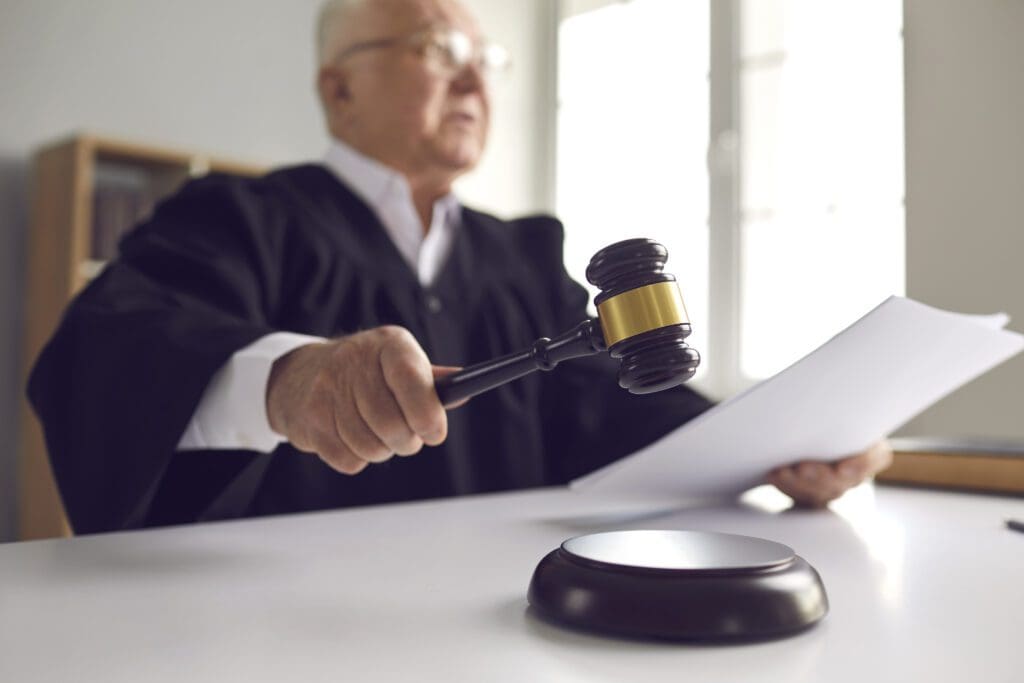I’ve been working on a simple way for pro se litigants to analyze a civil case, to make sure the work we put into our cases has impact. You see, even when we understand the basic flow of litigation — how to move from complaint to appeal — we often fail to craft a solid strategy for winning. Sure, we might have an overall plan to prove or disprove the core elements of a claim, but we don’t often have a way to monitor our progress or update our strategy along the way.
And if we’re honest, there’s rarely a strategy at play. We’re just trying to keep our heads above water, learning as fast as we can and fearful of looking foolish to the judge or being laughed at by opposing counsel. We wait for the other side to file something, and when they do, we fly into a panic trying to figure out how to respond. And often we just get dragged. The reason we’re so reactive is because we lack the skills to analyze a civil case in a way that helps us firmly decide what to do next, regardless of what the other side has filed.
So I want to see if there’s a simple procedure we as pro se litigants can use to analyze a civil case as it moves along the civil claims process. It should be divided into sections, from basic information about the case or claims, to the pleadings, discovery, trial, and even appeals. Let’s give it a go. Hold on to your hats:
Section I — Case Information
- Type of case (e.g., slip and fall, foreclosure, divorce)
- Jurisdiction (name of the court, territory covered)
- Role in the case (plaintiff/defendant, appellant/appellee, petitioner/respondent)
- Other parties to the case
- Other persons involved in the facts or transactions
Section II — Claim(s)
- What is the first count (claim)?
- For the first claim, what are the legal elements?
- For each element of the claim, what facts in the complaint support that element?
- For each fact supporting the element, what evidence is available to support or refute that fact?
- For each piece of evidence, is it in the record? Is it testimony or a document? Can it be admitted at trial?
- What is the second count (claim)?
- For the second claim, what are the legal elements?
- For each element of the claim, what facts in the complaint support that element?
- For each fact supporting the element, what evidence is available to support or refute that fact?
- For each piece of evidence, is it in the record? Is it testimony or a document? Can it be admitted at trial?
- and so on for each count.
Section III — Defenses
- Is there an answer?
- What facts in the complaint are disputed in the answer?
- Are there affirmative defenses?
- For the first affirmative defense, what are the legal elements?
- For each element of the affirmative defense, what facts in the affirmative defense support that element?
- For each fact supporting the element, what evidence is available to support or refute that fact?
- For each piece of evidence, is it in the record? Is it testimony or a document? Can it be admitted at trial?
- For the second affirmative defense, what are the legal elements?
- For each element of the affirmative defense, what facts in the affirmative defense support that element?
- For each fact supporting the element, what evidence is available to support or refute that fact?
- For each piece of evidence, is it in the record? Is it testimony or a document? Can it be admitted at trial?
- and so on for each affirmative defense.
Section IV — Counterclaim(s)
- Are there counterclaims?
- For the first counterclaim, what are the legal elements?
- For each element of the counterclaim, what facts in the counterclaim support that element?
- For each fact supporting the element, what evidence is available to support or refute that fact?
- For each piece of evidence, is it in the record? Is it testimony or a document? Can it be admitted at trial?
- For the second counterclaim, what are the legal elements?
- For each element of the counterclaim, what facts in the counterclaim support that element?
- For each fact supporting the element, what evidence is available to support or refute that fact?
- For each piece of evidence, is it in the record? Is it testimony or a document? Can it be admitted at trial?
- and so on for each counterclaim.
Section V — Discovery
- Has discovery been conducted? Does a case management order limit or compel discovery?
- Discovery on you?
- documents produced?
- interrogatories answered?
- admissions made?
- deposition?
- objections?
- motion to compel discovery of you? your response?
- Discovery on opposing party?
- documents produced?
- interrogatories answered?
- admissions made?
- deposition?
- objections?
- motion to compel discovery of opposing party? their response?
- Discovery on third parties?
- third-parties subpoenaed by you?
- third-parties subpoenaed by opposing party?
Section VI — Trial
- Is summary judgment appropriate for either side? On any claims?
- If sought, why did the motion fail?
- What facts will be weighed at trial?
- Is there a pretrial order?
- In the pretrial order, what evidence and/or issues are off limits?
- What evidence and/or issues are green-lighted?
- Has a jury been ordered? Voir dire prepared?
- Has a witness list been filed for each side?
- For each witness, is there discovery of the witness?
- What elements of the pleadings does the testimony support?
- Is there rebuttal evidence?
- Have exhibits been prepared and shared with opposing counsel?
- For each exhibit, has a stipulation of authenticity or admissibility been sought?
- Will admissibility be challenged?
- What elements of the pleadings does the exhibit support?
- In what order should your witnesses and exhibits be used?
- In what order should your witnesses and exhibits be presented?
- Are any post-judgment motions anticipated? Prepared?
Section VII — Appeal
- Has an appeal been noticed and/or filed?
- For the first assignment of error, what was the harm?
- Was the error preserved?
- What is the standard of review?
- What legal principle was violated (with citations)?
- For the second assignment of error, what was the harm?
- Was the error preserved?
- What is the standard of review?
- What legal principle was violated (with citations) and so on for each trial court error?
It’s a starting place, a stab in the dark. There are so many types of claims, and so many potential defenses, that it’s likely impossible to craft a “one size fits all” process for how to analyze a civil case. But I think if you can get through Section IV on any counterclaims in your case, you’ll at least have identified all the elements. You’ll know what has to be proven as a plaintiff or defendant. You’ll have a clearer picture — a more straightforward map — of the playing field, and perhaps a pointer to a soft target.
In Part 2, we’ll take stock of that map with an example, and see how close that gets us to a general strategy. No promises on when Part 2 might appear, but I promise to update this procedure with all good suggestions. Let’s make this a community project. All hands on deck. Any thoughts ? How do you analyze a civil case to ensure you’re moving in the right direction? Share in the comments below.




Great insights on building a solid litigation strategy! Understanding each phase of a civil case truly empowers pro se litigants.